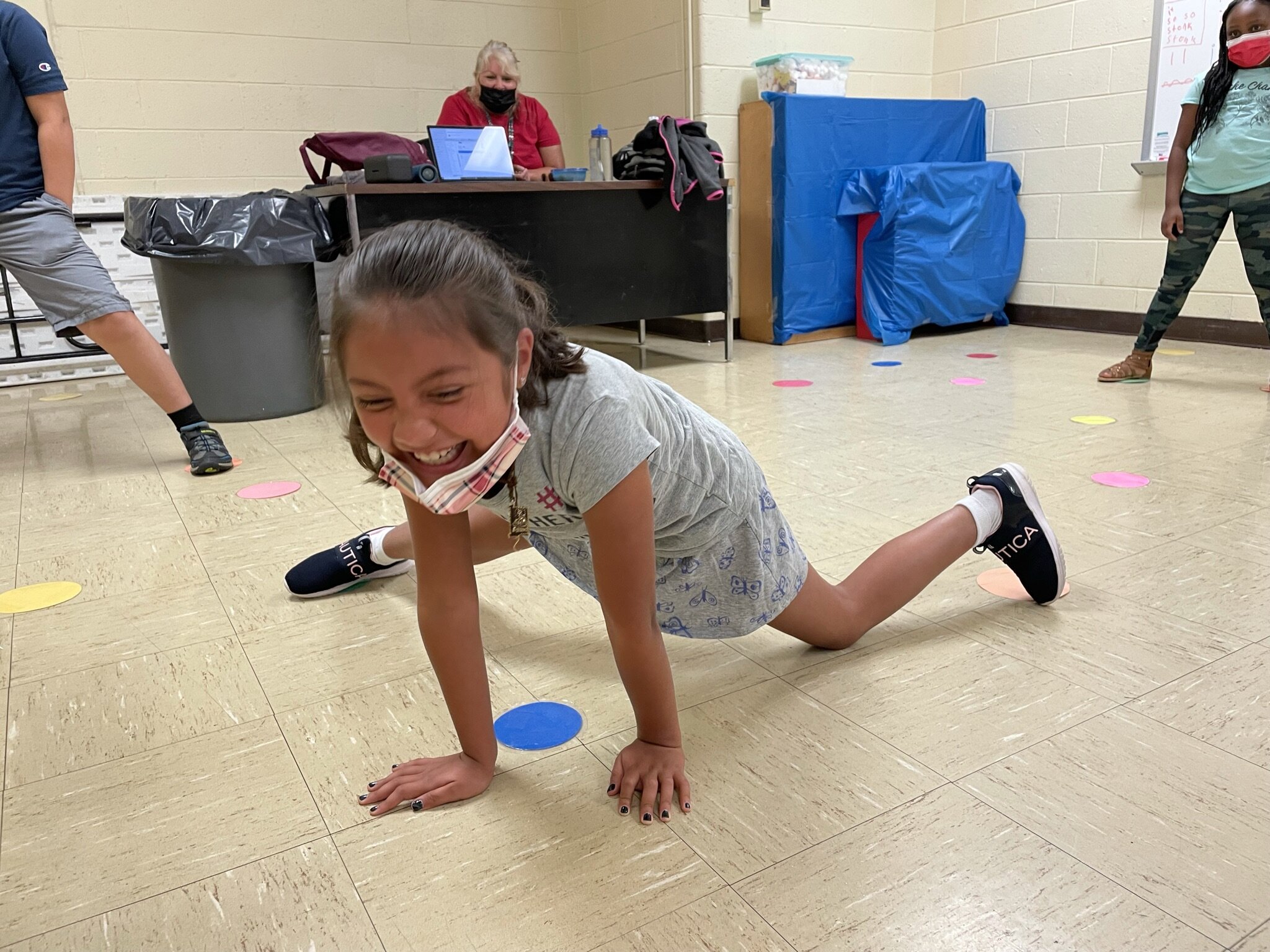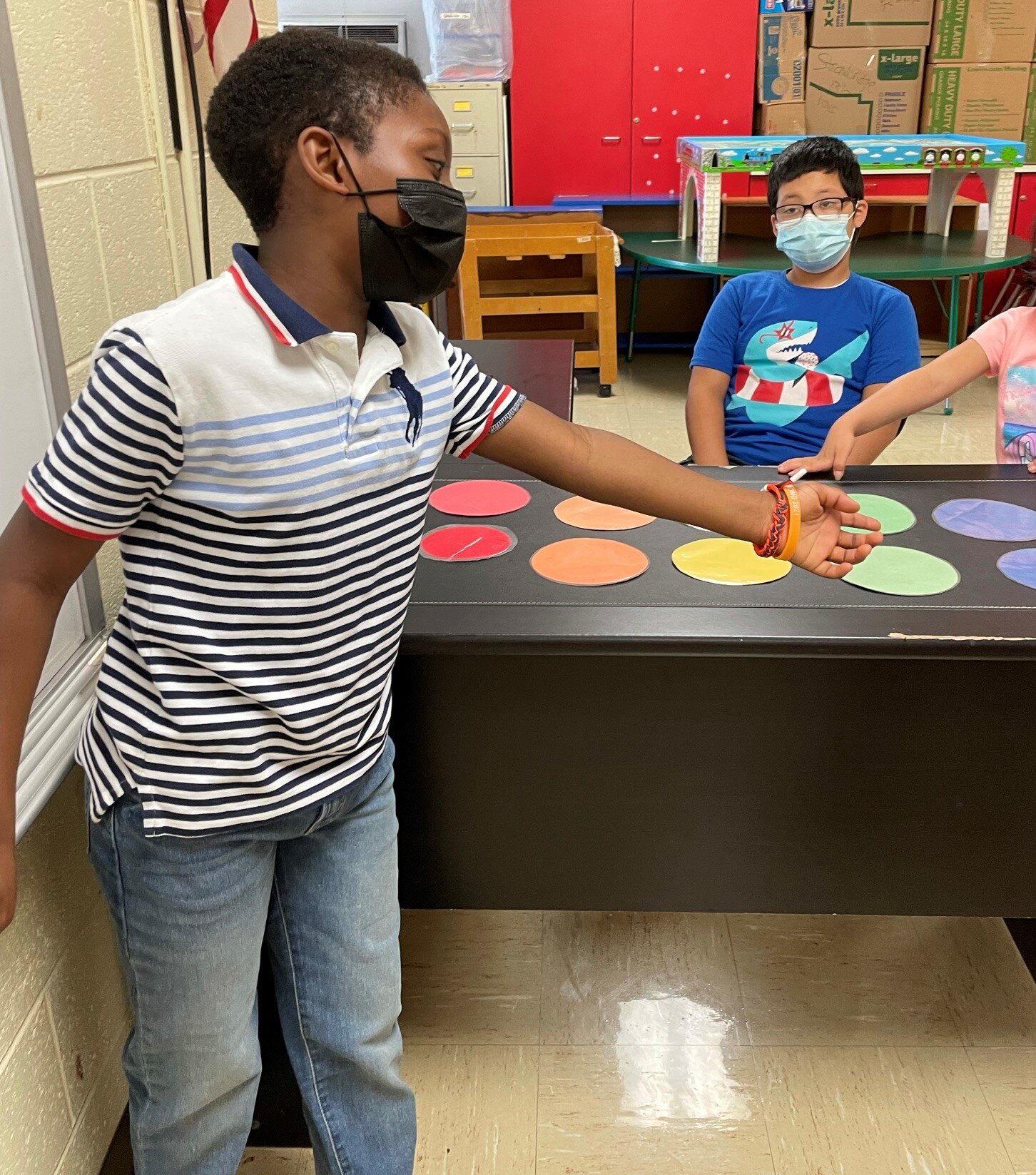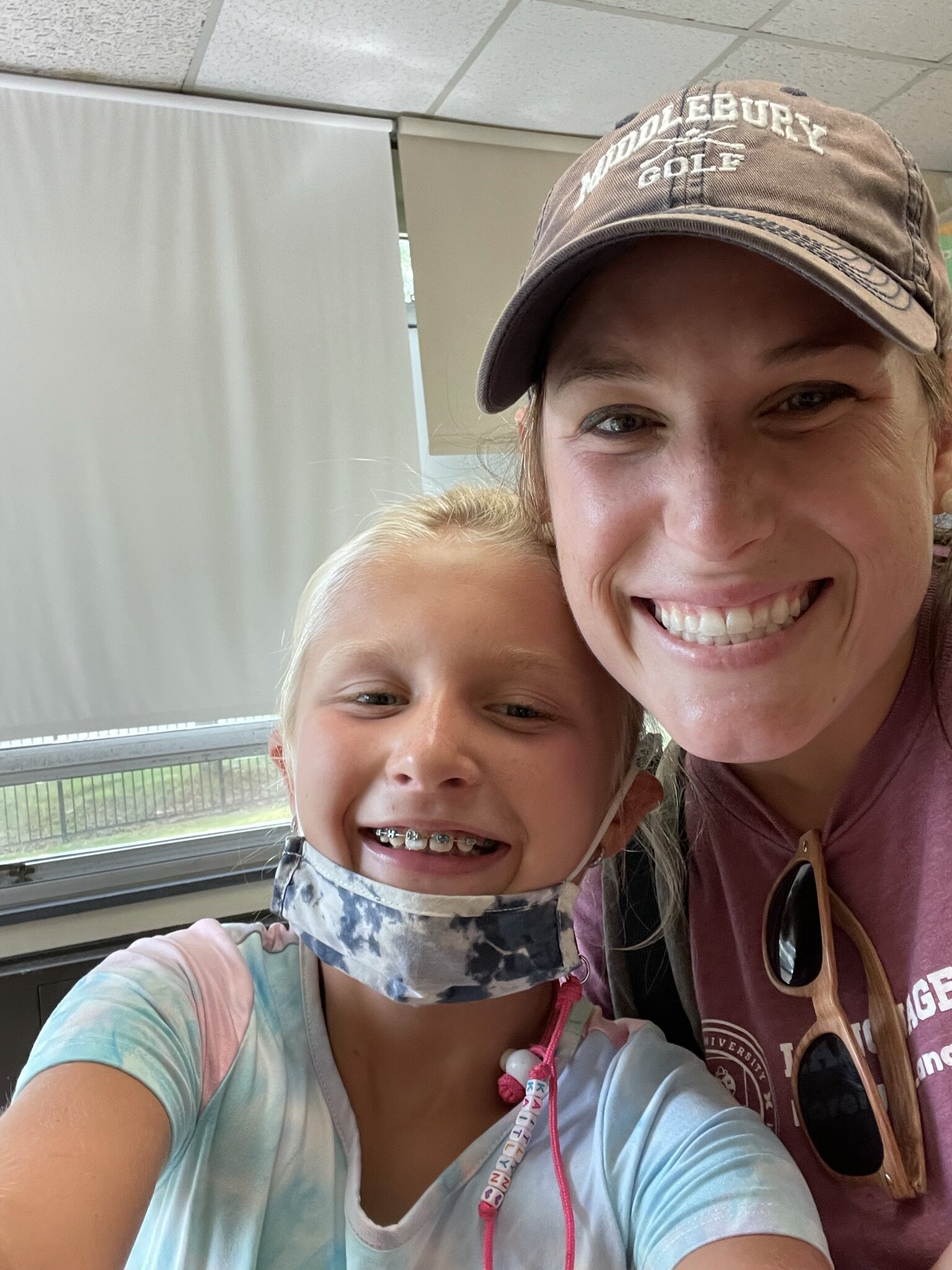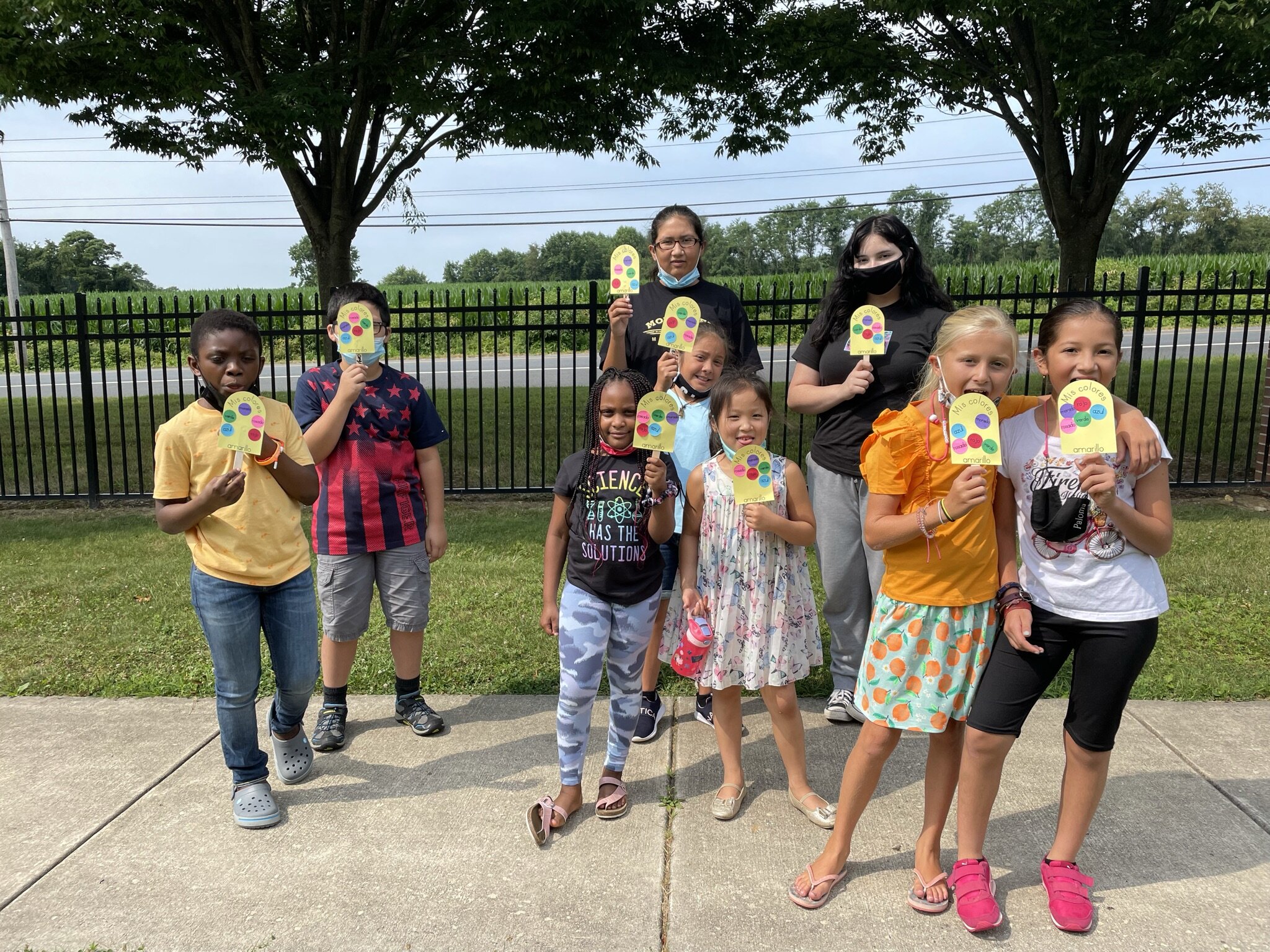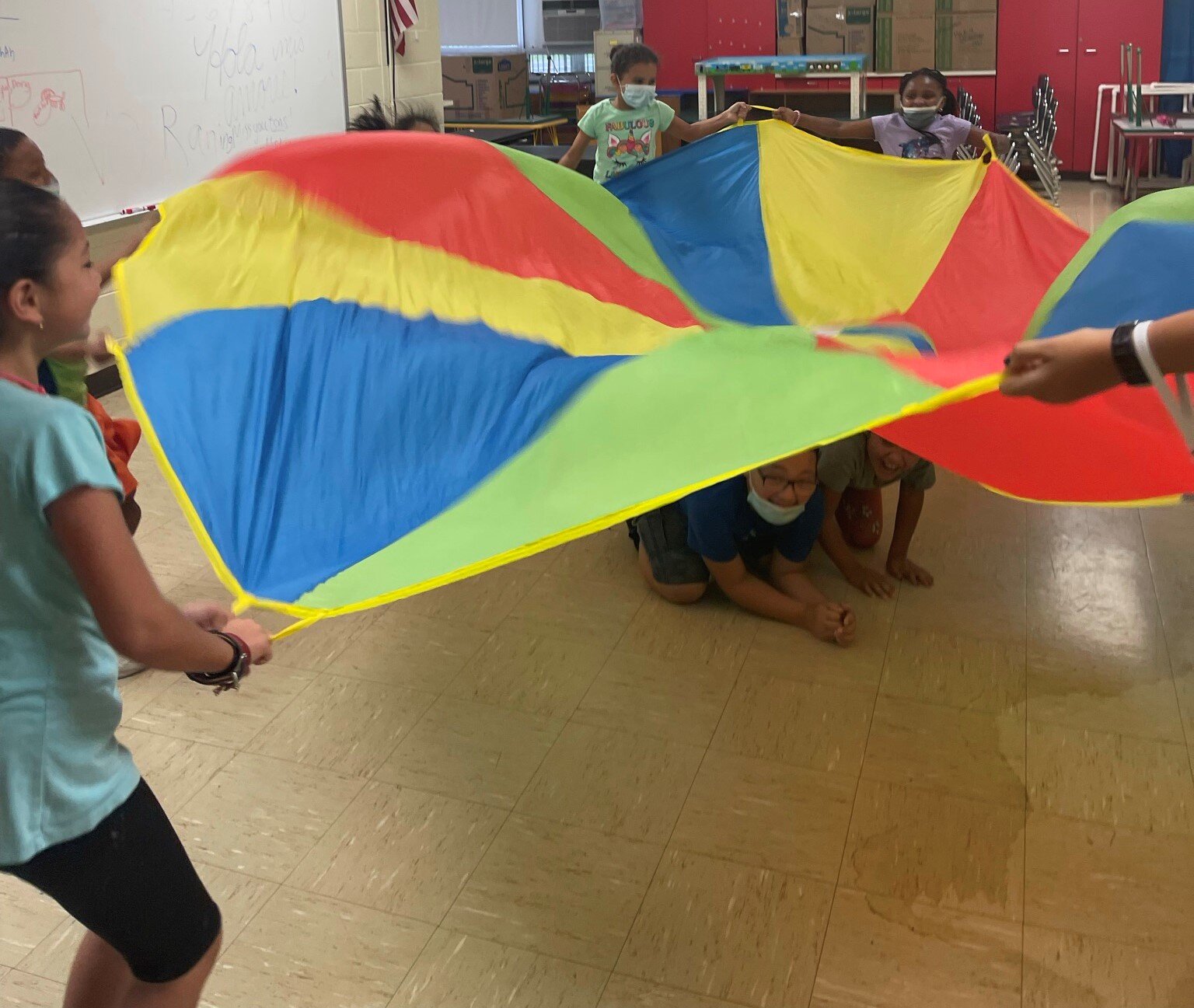We were all shocked that day we didn’t show up to the classroom. It felt incredibly personal and yet it was the same for most educators. For me, I drove to school on Friday the 13th (too ironic) to teach my weekly class, only to find the parking lot void of cars, students or anyone. That’s the start of a horror story. And in ways, it has been a nightmare for many of us teachers. While this shift in our lives has come a long way, it still isn’t over. Yet as the heroes of this story, we’ve learned how to recreate our curriculums and ourselves to fit our schools’ and our students’ needs. In order to keep our sanity and our classrooms running, we need to continue learning from one another in order to adapt and conquer. Even if “conquering” means completing the day.
With the one year anniversary of digital learning approaching, I’ve reflected on this year’s hacs and I’ve compiled a short list of tools that I will continue to use, no matter my classroom’s location.
1. Engage the Senses
Digitally: Don’t underestimate the power of a green screen and lighting. It keeps the kids (and you!) feeling positive and professional. Teaching from your kitchen is real life, but you can still spark creativity and imagination from wherever you are. Include colorful visuals and catchy audio clips, whenever possible, since you are heavily relying on their sense of sight and hearing to keep their attention.
Transition for in-person: Keep your environment visuals bright in the classroom. Adding color is important, but more than that, consider time in the classroom as an opportunity to engage students by further appealing to their senses. Whereas digitally, you relied heavily on their sense of sight, now you have an opportunity to reintroduce learning using their other senses. Students love smelling, tasting, and feeling their way through a new topic (and so do I!).
2. Share Technology (correctly!)
Digitally: It seems like it took me ages to figure out the timing and the tech when it came to sharing music. After much trial and error, I know that if you share music from your computer (like with iTunes), you will stay in time with your music. Start your songs on full volume, sing and play instruments, without worry. Have your students muted though, or else the music becomes stilted. When I mute them, I tell the kids I’m creating their “own personal dance party,” and they seem happy with that.
When sharing music videos from a website, your timing will be off, so you don’t sing along. I usually do some light dancing, with no specific steps to the beat because it’s impossible to tell how delayed everyone’s computers are. Again, mute your students, as you play, and don’t forget to select the two check boxes when you share videos on Zoom. One says, “Share Sound'' and the other says, “Optimize for video clip.” Doing so will keep the sound clarity of the videos, and you won’t have to share the volume on high, since it’s taking the sound from the internet. It seems simple enough to grasp now, but it took me months to implement all of this correctly and without sweaty knuckles.
Transition for in-person: Being back in the classroom doesn’t mean you have to put away all of the music tech. Dance parties, music videos, and music while playing and working are beautiful ways to keep children calm, happy and positive. Being digital has made me realize how important music is to us on a human level and how it connects us to one another. Take advantage of cherishing music in person.
3. Appreciate the effort
Whether we are working digitally or in person, it’s always a process to connect with our students. Yet it seems like nothing makes students smile quicker, like appreciating them where they are. Whether they answer questions correctly or not, finding a way to boost their confidence with something kind is always one of my main goals. Even finding reasons to use their names in examples or in positive statements is sure to make them feel important. It sounds obvious, but it’s something we need to be more mindful of in the moment, when we may overlook it with everything else going on around us.
And lastly, appreciate yourself and where you are today. It’s easy to say and difficult to manage, but it’s truly important for us as educators to accept that we can’t be everywhere and do everything. There are things that we are going to have to let go of, even if it means lessons are not up to your usual standards. Whether you are teaching from your home or in the classroom, teaching our students is where we want to be. Hybrid is going to test us, so we as a group need to remain as collected and confident as we can to keep our classrooms unified. Be sure to advocate for yourself and your students and keep in mind that even though it seems like we are bearing off into uncharted territory again, this experience as a whole has proven that there is nothing that we can’t adapt to and conquer. Even if “conquering” means completing the day.


